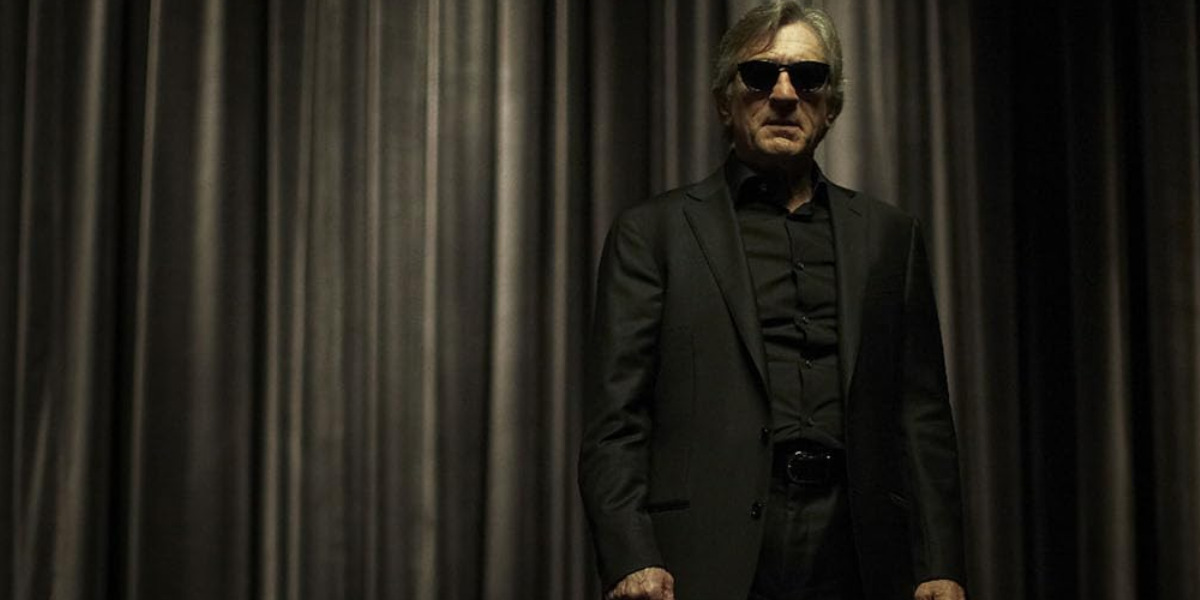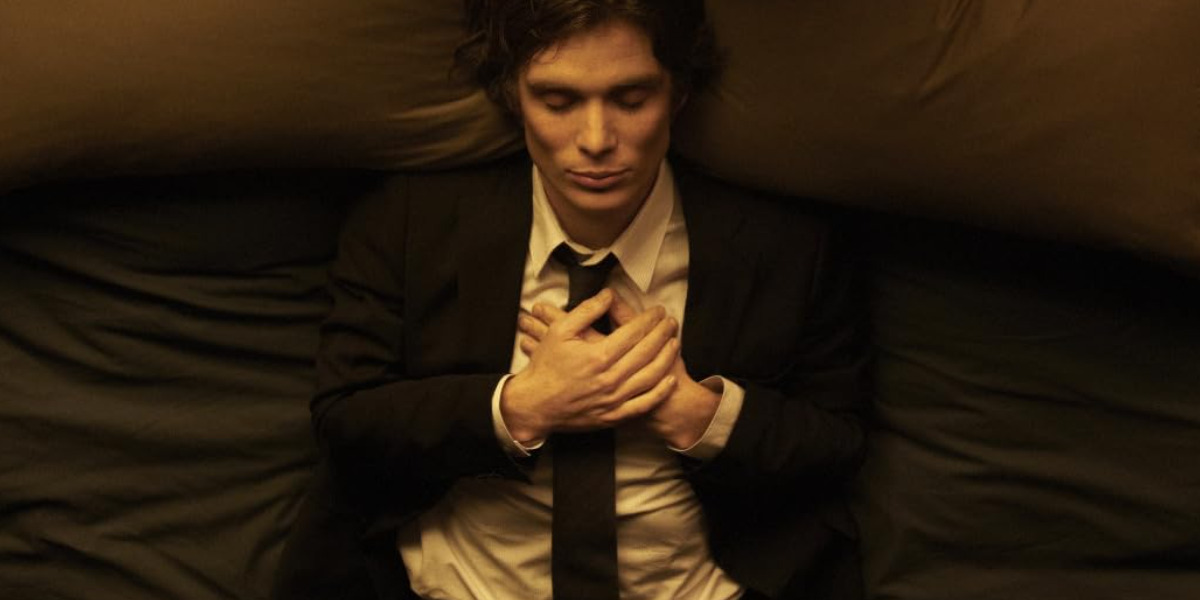Revolving around the world of parapsychology, ‘Red Lights’ is a 2012 paranormal thriller film directed by Rodrigo Cortés. The film follows veteran-paranormal debunker Dr. Margaret Matheson and her physicist assistant Tom Buckley, renowned for catching alleged psychics and mentalists in their cons. However, when the duo’s path crosses with world-famous blind psychic Simon Silver and his unbelievable arsenal of extrasensory abilities, their doggedly skeptic worldviews are challenged, leading to an obsessive investigation.
The film features notable performances by its stacked cast, including Cillian Murphy, Sigourney Weaver, and Robert De Niro, among several others. The narrative focuses on the concept of faith and belief by compelling the viewers to question the world’s most basic building blocks throughout the story. Given the film’s setting and involvement in the scientific approach to the paranormal, viewers might be curious about the film’s connection to real-life or whether is it based on a true story.
Red Lights: Rodrigo Cortés’ Fictional Take on Paranormal Reality
‘Red Lights’ is not based on a true story. Penned by director Rodrigo Cortés, the film is a work of fiction with no official inspiration drawn from real-life people or instances. The film poses its premise as a “paranormal vs. skeptics” narrative in order to display the inner workings of belief as a virtue and how it overlaps even within such seemingly rigid dichotomies. The same helps the film resonate with a number of people since belief systems inform such a crucial aspect of everyday life.

“Something that I wanted to do through the film is try to explore the roots of belief because everything has to do with beliefs,” said Cortés while discussing the philosophy behind his film. “When I studied the side of the rationalists and the skeptics, and the side of the believers and so-called psychics, I found out that both of them, no matter what they claim to do, behave in a very similar way. They only accepted what confirmed their previous positions and tended to reject everything that put them at risk.”
The idea for this story first came to the filmmaker with the words “paranormal” and “hoaxes.” These two contradictory concepts are often found interconnected in real life among fraud psychics and the like. The same allowed Cortés to explore the mechanism behind the human brain and how it perceives reality. The thematic significance of this idea as the film’s groundwork is particularly prevalent since the film spends most of its runtime challenging the viewers, keeping them guessing and on their toes.
Alternatively, even though the film does not have a tangible basis in real life, it does possess a number of similarities to real-life that many psychic enthusiasts may pick up on. For instance, De Niro’s character, Simon Silver, may be reminiscent of infamous faith healers. Although his character wasn’t based on any personality in particular, Cortés drew inspiration for him from several individuals he encountered during his research alongside the televangelists from the 1930s.
Likewise, viewers will find others like Leonardo Palladino, a fraudulent mentalist who could recite information about strangers, to have a remarkable resemblance to Reverend Peter Popoff. Although Palladino lacks all of Popoff’s religious flair, the two share a similar career and public exposés. Nevertheless, the similarities between the two start and end with that instance, and Palladino’s storyline is likely a reference rather than a recreation.
Additionally, the storyline revolving around Silver’s submission to an extensive scientific study of his ability also mirrors the real-life Project Alpha. The project, crafted by James Randi, was a hoax wherein two teenagers, Banachek and Edwards, falsely convinced a group of scientists about their “psychic” abilities for several years.
As such, the thorough research behind the film’s plotlines and characters is apparent and ensures that a sense of realism remains in the story’s fictional world. Lead actor Murphy, though a skeptic himself, learned a few magic tricks and acquainted himself with the mystical world of the paranormal by spending time with a magician and attending David Copperfield and Criss Angel shows in LA.
Therefore, although ‘Red Lights’ is well-researched within its paranormal and parapsychology background, it only consists of references to real life with no firm roots. Even the similarities it shares with reality are played up or down, depending on whatever suits the narrative. Ultimately, the film is a work of fiction with a bold thematic center that infuses the plotlines with realistic elements.
Read More: Red Lights Ending Explained: Is Simon Silver a Fraud?


You must be logged in to post a comment.